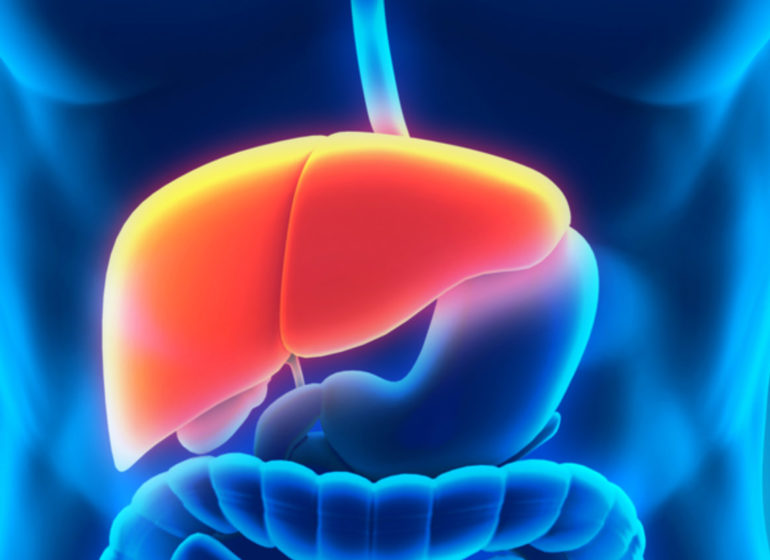
Liver diseases: what they are and how they manifest themselves
Let’s talk about liver diseases. There are a number of pathologies that fall under what are called liver diseases, i.e. those that are borne by the liver
Some are serious and quite harmful, others have significant symptoms but can be easily treated.
Based on the symptoms, one can suspect liver disease
In this case, one must go to the doctor who, in addition to a subjective examination, may require an objective one, including a liver or liver ultrasound.
Liver diseases, which are the most frequent
As we said, there are several diseases that affect the liver, some of them very serious.
Among the most common are viral hepatitis.
These are inflammations of the liver caused by certain viruses that replicate mainly, but also exclusively, in liver tissue, such as hepatitis A, hepatitis B, and hepatitis E.
Usually these viruses cause an acute infection, unfortunately sometimes completely asymptomatic, while some of them have the ability to establish themselves within the body permanently, generating chronic pathologies.
As far as acute hepatitis is concerned, the disease generally manifests itself with symptoms reminiscent of the flu, i.e. a feeling of exhaustion and malaise. In many cases, there is a change in the colour of urine, faeces, skin and sclera; skin and sclera tend to turn yellow.
Only rarely can this acute disease be fatal, but in fatal cases the liver is destroyed and other organs are damaged, which is why it is called fulminant hepatitis.
In cases of chronic infection, on the other hand, we have the virus permanently lodged in the body.
Chronic hepatitis is caused by the immune system’s inability to eliminate the virus that has affected the liver.
More than half of all patients with chronic hepatitis have progressive liver lesions, some of these may go on to develop cirrhosis, over 6,000 develop liver carcinoma.
Liver diseases, cirrhosis
The term cirrhosis of the liver refers to a serious liver disease.
It is a degenerative disease in which the organism responds to an injury or infection by destroying its own cells, which are replaced with scarring interconnections where nodules of cells develop.
As a result, the liver loses its functionality.
Cirrhosis cannot be cured.
The importance of the liver
All organs are important and the liver also has its own particular function, which is why it is important to keep it healthy.
In fact, the liver is responsible for several functions that are vital: it helps eliminate toxins from the body, contributes to the regulation of hormonal activities, produces bile and organic substances that are involved in digestion processes.
Liver diseases, the main symptoms that indicate liver problems
- Dark urine: very dark urine is an indication of liver problems, especially if orange or brown hues are detected. One should not worry if one is taking particular medications that can change the colour of urine or if one is in a state of severe dehydration.
- Yellow skin and sclera: yellow skin and sclera are a symptom of a liver problem. The name for this phenomenon is jaundice, exactly like that which affects newborn babies. When this change in the colour of the skin and the whiteness of the eye is noticed, it is necessary to seek medical attention immediately because it is possible that there is a virus that may have damaged the liver. In other words, it could be hepatitis C or B.
- Itchy skin: this symptom may also denote liver damage. In fact, this symptom may appear when the liver can no longer eliminate bile deposits and therefore the body tries to expel them through the skin. Sudden itching for no apparent reason should be a wake-up call to rush to the doctor.
- Chronic fatigue: chronic fatigue is one of the symptoms that appear with various diseases, including liver disease. A check-up in this case is a must.
- Bruises: the appearance of bruises in the absence of bruises or trauma can be a sign that the liver is not functioning as it should. In certain cases, copious bleeding can also occur, as the liver is no longer able to produce the substances needed for blood clotting.
- Weight fluctuations: a fluctuation in weight can also lead to a call for medical attention. If the weight increases or decreases without a change in lifestyle and diet, there may be something wrong with the liver.
- Other symptoms include fever, nausea and abdominal pain.
Doctor’s intervention
In all these cases, seeking medical advice is absolutely necessary; he will then determine which further investigations will be useful.


